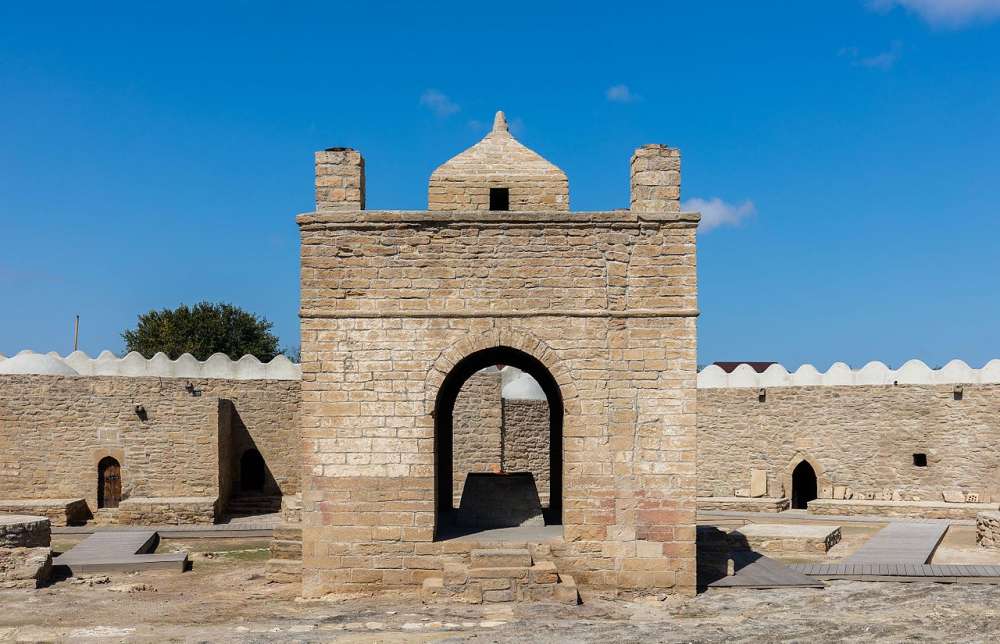History of Ateshgah. From ancient times to the present day

"Ateshgah" in translation means "Home of Fire" or "Place of Fire". Located on the Absheron peninsula in the village of Surahani.
In 3-4 centuries. AD this place was the ancient temple of Zoroastrians (fire worshipers), which consisted of seven fiery pits.
Mention of a fire that was beating from under the ground occurred at Priscus of Panius in the 5th century and in Arabic sources from the 7th-10th centuries.
After the adoption of Islam in the territory of modern Azerbaijan, many Zoroastrians moved to India. The temple was almost destroyed.
In the 15-16 centuries, thanks to the Great Silk Road, a large number of pilgrims began to visit the temple. Indian merchants began rebuilding the temple and establishing permanent settlements. The temple was built by Sikhs and Shaivites.
In the 18th century, the territory around the sanctuary began to be built up with new chapels, caravanserais and other buildings. The temple was built by local residents and incorporates the features of local architecture. The central temple is built in the form of four arches facing four cardinal points.
In the 19th century, the building reached its modern form. By that time, it consisted of a central temple, a guest room (“hoodie”) and 26 cells. On some cells there are Hindu, Sikh and Zoroastrian inscriptions.
By the middle of the 19th century, due to the displacement of the plates, the fire began to fade and soon completely went out. In 1880, the last monk returned to India. Ateshgah fell into desolation again.
In the 30s. during the Soviet era, the restoration of the temple of fire worshipers began and lasted until the 60's. In 1975, the restored temple was opened to the public.
Read also: Banks in Azerbaijan with a 24/7 operating mode
Read also: Transport from the Airport to Baku
Read also: Top 5 historical monuments of Sheki

